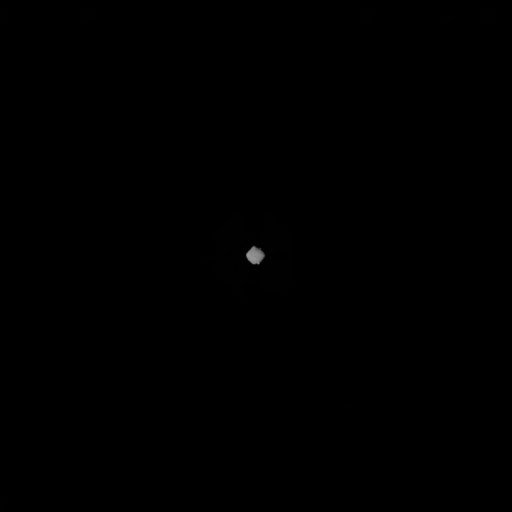Emily Lakdawalla • Aug 03, 2018
A second successful medium-altitude operation for Hayabusa2
For the second time, JAXA navigators have zoomed their cameras and other instruments in on asteroid Ryugu. The August 1 operation was quicker than the first, taking only 26 hours to descend, do science, and ascend.
The spacecraft ordinarily maintains a position at a "home" distance of 20 kilometers away from Ryugu, stationkeeping at a spot between Earth and the asteroid. For its first "medium altitude" scientific surveys, it takes excursions down to a distance of 5 kilometers. Its first such operation happened from July 17 to July 25 (spending July 20 in proximity to the asteroid).
The Hayabusa2 team live-tweeted the operation in both Japanese and English, sharing a sequence of images from the spacecraft's wide-angle camera throughout. Here, I've assembled the images into an animation:

And here's a summary of the tweets throughout the descent.
Hayabusa2 began descending toward Ryugu at a speed of 40 centimeters per second at 01:38 UTC. At 09:00, JAXA's Usuda Deep Space Center handed over communications responsibilities to the Deep Space Network's ground station in Madrid. As of 11:32, Hayabusa2 had reached the target altitude of 5 kilometers, halting its descent. It still needed to maneuver slightly into its desired observation position.
At 14:00 UTC (23:00 Japan time), a shift change from the evening team to the late-night team. ""IES兄" (IES's Older Brother, in charge of the ion engine systems!) took over the live twitter feed to tell us about operations in the control room."
At 14:35, the spacecraft reached its targeted observation position, still 5 kilometers above the asteroid, and began its planned medium-altitude observation sequence. At 17:10, the Deep Space Network handed over support of Hayabusa2 to Goldstone.
Tweet: "While operating the ion engines, Ryugu was only a point, even when using the telephoto camera --explains IES兄-- the asteroid seems so big in the wide-angle camera now. From 2.9 billion km to 5km. If seems like you could touch it if you stretched out your hand."
Around 22:00 UTC August 1 (07:00 Japan time on August 2), another shift change replaced the late-night operations team with the "lunch team."
With the desired observations complete, at 22:30 the flight director commanded the spacecraft to return to home position. The spacecraft responded, with radio tracking indicating a "normal rise." The project manager declared the medium altitude operation a success, to applause in the control room. As of midnight UTC August 2, the spacecraft was rising at 20 centimeters per second.
Hayabusa2 returned to its "home" position at a hover, 20 kilometers above Ryugu, with Earth at its back, at 03:40 UTC on August 3.
Support our core enterprises
Your support powers our mission to explore worlds, find life, and defend Earth. You make all the difference when you make a gift. Give today!
Donate

 Explore Worlds
Explore Worlds Find Life
Find Life Defend Earth
Defend Earth

